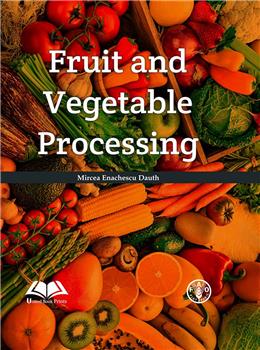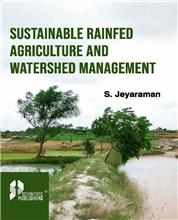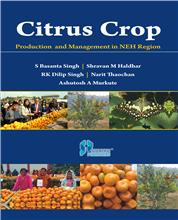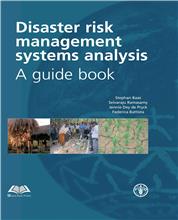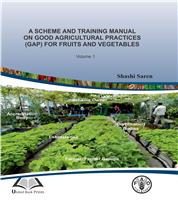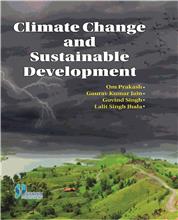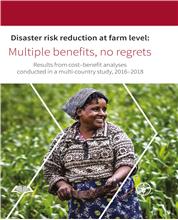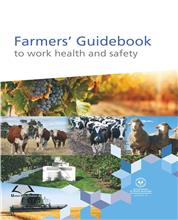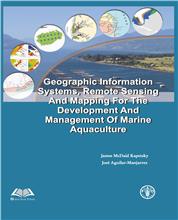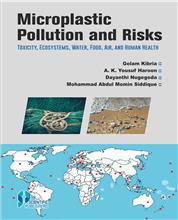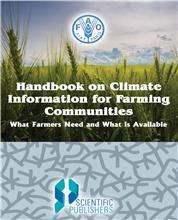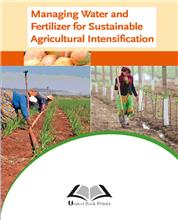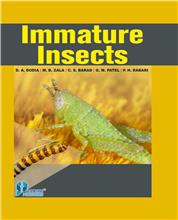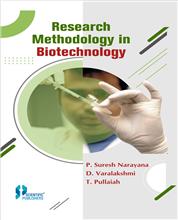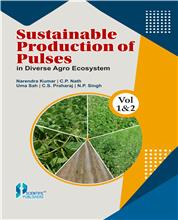Foreword
1.
Introduction
1.1 General
introduction
1.2
Importance of fruit and vegetables in world agriculture
1.3 What
fruit and vegetables can be processed?
1.4
Processing planning
1.5 Location
1.6
Processing systems
1.7 Choice
of processing technologies for developing countries
1.8 Fruit
and vegetables - global marketing view
2 .
General properties of fruit and vegetables; chemical composition and
nutritional aspects; structural features
2.1 General
properties
2.2 Chemical
composition
2.3
Activities of living systems
2.4
Stability of nutrients
2.5
Structural features
3. Deterioration factors and their control
3.1 Enzymic
changes
3.2 Chemical
changes
3.3 Physical
changes
3.4
Biological changes
4. Methods of reducing deterioration
4.1
Technical methods of reducing food deterioration
4.2
Procedures for fruit and vegetable preservation
4.3 Combined
preservation procedures
5. General procedures for fruit and
vegetable preservation
5.1 Fresh
storage
5.2
Preservation by reduction of water content: drying/dehydration and
concentration
5.3 Chemical
preservation
5.4
Preservation of vegetables by acidification
5.5
Preservation with sugar
5.6 Heat
preservation/heat processing
5.7 Food
irradiation
6. Auxiliary raw materials
6.1 Water
6.2
Sweeteners
6.3 Salt
6.4 Food
acids
6.5 Pectic
preparations
6.6
Intensive sweeteners
7. Packaging materials
7.1
Introduction
7.2
Protection of food by packaging materials
7.3 Films
and foils; plastics
7.4 Glass
containers
7.5 Paper
packaging
7.6
"Tin can"/tinplate
8. Fruit specific preservation technologies
8.1 Fruit
quality
8.2
Harvesting and pre processing
8.3 Fresh
fruit storage
8.4 Fruit
drying and dehydration technology
8.5
Technology of semi-processed fruit products
8.6 Fruit
sugar preserves technology; jams, jellies, marmalade, fruit paste
8.7 Fruit
juice technologies
8.8 Banana
and plantain processing technologies
8.9 Mango
and guava processing technologies
8.10 Recent
trends in fruit and vegetable processing
9. Vegetable specific processing
technologies
9.1
Vegetables varieties
9.2
Harvesting and pre-processing
9.3 Fresh
vegetable storage
9.4
Vegetable drying/dehydration
9.5
Vegetable juices and concentrated products
9.6 Pickles
and sauerkraut technology
9.7
Vegetable canning
10. Quality control/quality assurance and
international trade; good manufacturing practices (gmp); hygiene requirements;
hazard analysis and critical control points (HACCP)
10.1 Quality
control/quality assurance and international trade
10.2 Good
manufacturing practices (gmp); hygiene requirements
10.3 Hazard
analysis and critical control points (HACCP)
11. Fruit and vegetable processing units -
general approach; preliminary study; how to invest, install and operate a
processing centre; modular units: from farm/family to community/business level
11.1
Preliminary study
11.2 How to
prepare, start and operate a fruit and vegetable processing centre
11.3 Fruit
and vegetable processing centre - module "level 5" family level
11.4 Fruit
and vegetable processing unit - module "level 4" farm and/or community
level
11.5 Fruit
and vegetable processing unit - module "level 3" community and / or
entrepreneurial level
11.6 Fruit
and vegetable processing unit - module "level 2" business level
11.7 Fruit
and vegetable processing centre - module "level 1" business and/or
national level
11.8 Overall
raw material consumption data / yield for fruit and vegetable processed
products - approximate data
11.9 Fruit
and vegetable processing centre - quality control sheet daily recording sheet
finished products defects
Bibliography
Appendix I - Fruit and vegetable processing
flow-sheets
Appendix II - Standards for grades of dried
apricots
Appendix III - Recipe guidelines; dried
fruit and vegetables
Appendix IV - Complete units and various
equipment and material for fruit and vegetable processing
